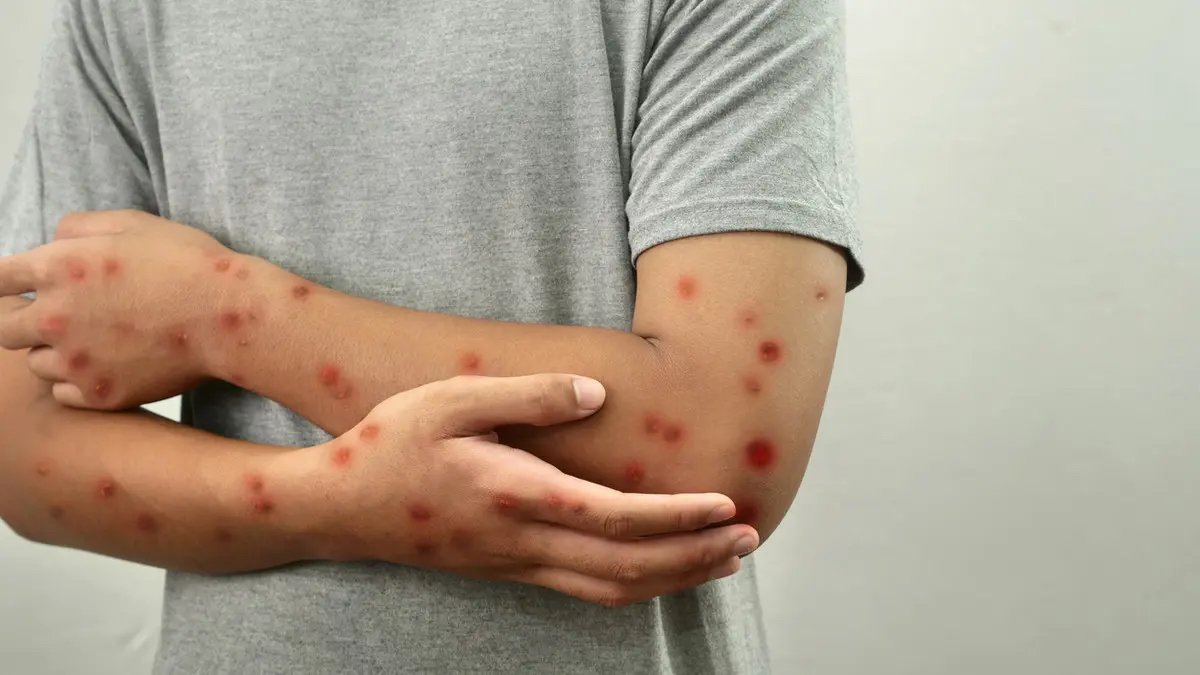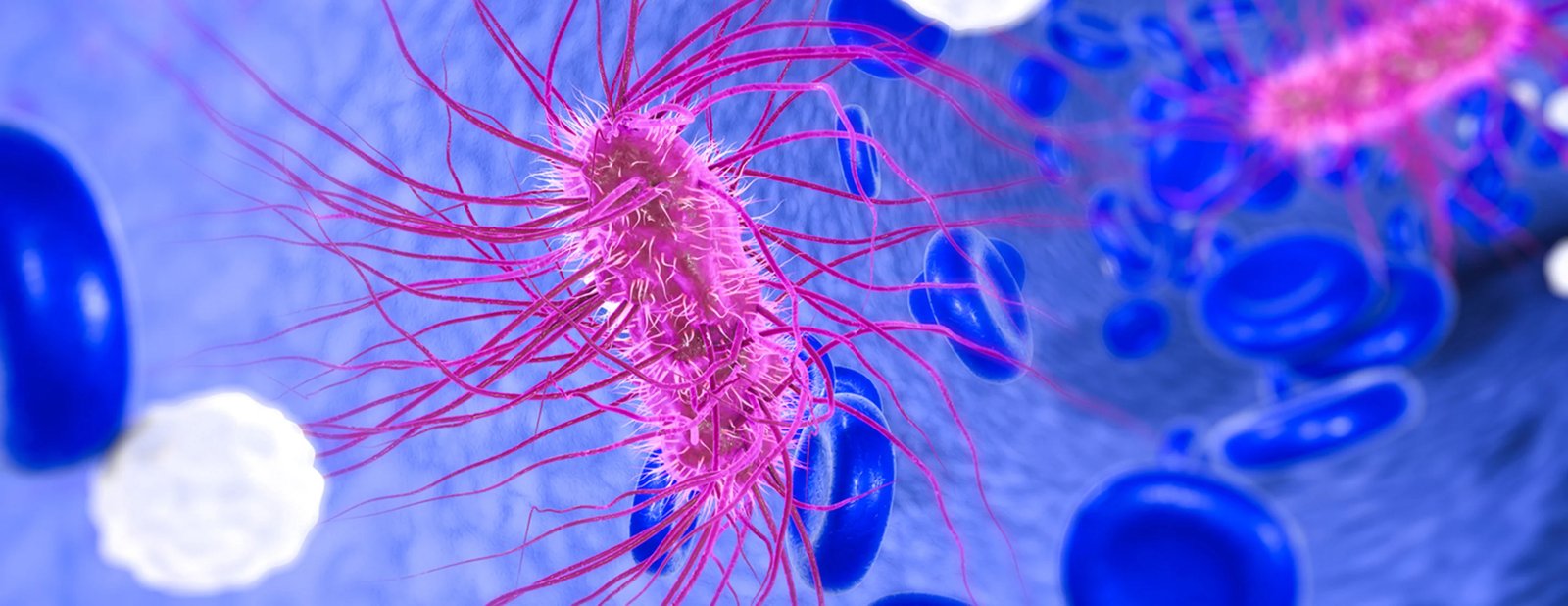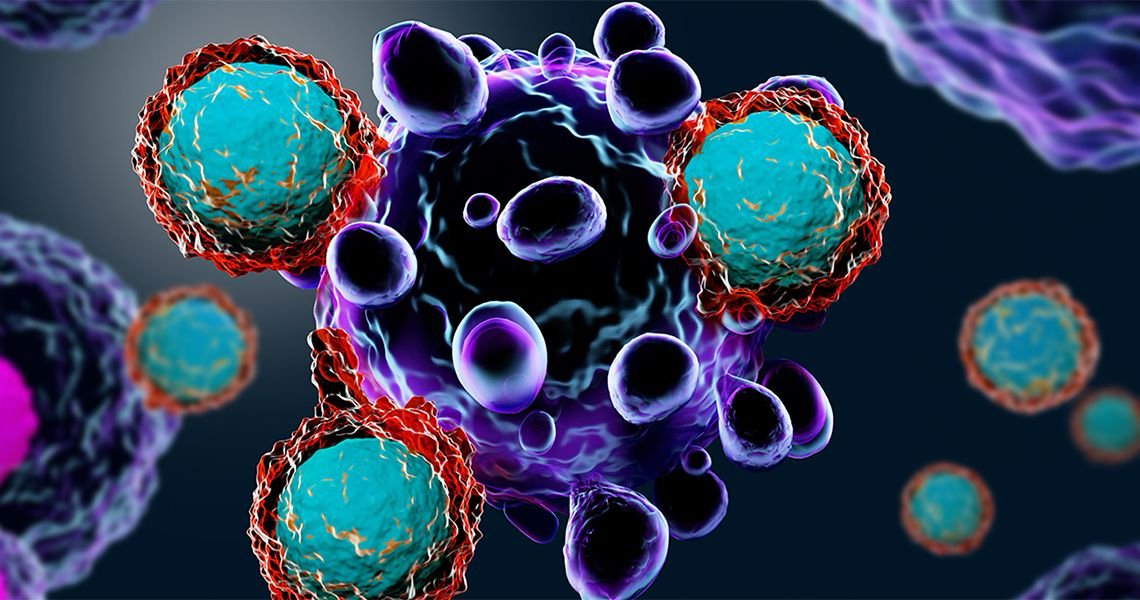Upper eyelid swelling, often accompanied by puffiness, can be an unwelcome feature that affects not only your appearance but also your comfort. Whether it’s due to aging, allergies, or other factors, swollen upper eyelids can make you look tired or unwell. Thankfully, there are several solutions available to help reduce this swelling and restore your eyes’ natural, youthful appearance. In this article, we’ll explore the causes and some scientifically backed solutions for upper eyelid puffiness.
Understanding the Causes of Upper Eyelid Swelling
Before addressing the solutions, it’s essential to understand the underlying causes of upper eyelid swelling. These causes can vary from temporary conditions to chronic issues:
- Allergies
Allergies are a common cause of upper eyelid swelling. When exposed to allergens such as pollen, dust, or pet dander, your body releases histamines, which can cause inflammation, leading to puffiness around the eyes. - Fluid Retention
Fluid retention, often caused by excess salt intake or dehydration, can lead to swelling in various parts of the body, including the upper eyelids. This type of swelling is more noticeable in the morning, as fluids tend to accumulate while sleeping. - Aging
As you age, the skin around the eyes becomes thinner and less elastic, making it more susceptible to puffiness and swelling. Aging can also cause fat pads around the eyes to shift, contributing to a puffy appearance. - Infections and Inflammation
Eyelid swelling can be caused by infections such as conjunctivitis or conditions like blepharitis, which result in inflammation of the eyelid’s margins. These conditions may cause redness, irritation, and visible swelling. - Trauma or Injury
Direct trauma to the eye or eyelid can result in swelling, which is the body’s natural response to injury. This kind of swelling usually resolves once the injury heals.
Top Solutions for Upper Eyelid Swelling
Now that you’re aware of the possible causes, let’s dive into some effective solutions that can help reduce upper eyelid swelling and restore your fresh appearance.
1. Cold Compresses
One of the simplest and most effective ways to reduce swelling is to apply a cold compress to the affected area. The cold temperature constricts blood vessels, which helps to reduce inflammation and fluid accumulation.
- How to Apply: Use a clean cloth or a chilled gel eye mask, and gently apply it to your closed eyelids for 10–15 minutes. Repeat as necessary throughout the day.
2. Reduce Salt Intake
Excess salt in your diet can lead to fluid retention, which exacerbates swelling around the eyes. Reducing your daily salt intake can minimize this effect.
- Solution: Aim to eat a balanced diet rich in fruits, vegetables, and whole grains, and be mindful of hidden salt in processed foods. Staying hydrated by drinking plenty of water can also help flush excess sodium from your system.
3. Use Anti-Allergy Eye Drops
If allergies are causing your upper eyelid swelling, anti-allergy eye drops can provide quick relief by reducing histamine-induced inflammation. These drops can be purchased over-the-counter or prescribed by your doctor.
- Recommended Use: Use the drops as directed, particularly during allergy season or when exposed to known allergens.
4. Eye Creams with Caffeine
Caffeine-based eye creams are popular for their ability to reduce puffiness. Caffeine works as a vasoconstrictor, tightening blood vessels and helping to reduce fluid retention in the delicate skin around the eyes.
- Application: Gently apply the cream to your eyelids and under-eye area, using your ring finger to ensure light pressure. Look for products specifically designed for puffiness and sensitive skin.
5. Get Adequate Sleep
Sleep deprivation can cause blood vessels around the eyes to dilate, leading to dark circles and swelling. Ensuring you get enough rest each night is crucial for maintaining a healthy appearance.
- Solution: Aim for 7–9 hours of quality sleep per night, and elevate your head with an extra pillow to prevent fluid from accumulating around your eyes while you sleep.
6. Consider Medical Treatments
For chronic or severe cases of eyelid swelling, medical treatments may be necessary. Consult with a dermatologist or ophthalmologist about treatments such as:
- Botox: In some cases, Botox injections can help alleviate puffiness by tightening the skin around the eyes.
- Blepharoplasty: For more permanent results, blepharoplasty is a surgical procedure that removes excess skin and fat from the upper eyelids, effectively reducing puffiness and giving the eyes a rejuvenated appearance.
7. Massage the Lymphatic System
Lymphatic drainage massage can help reduce swelling by encouraging fluid to move out of the swollen area. Gently massaging the area around the eyes can stimulate the lymphatic system and reduce puffiness.
- Technique: Use your fingertips to gently massage the area around your eyes in a circular motion, starting from the inner corners and moving outward. Do this for a few minutes each morning to stimulate fluid movement.
Conclusion: Regain Confidence with Simple Solutions
Upper eyelid swelling can be a frustrating issue, but with the right approach, it’s manageable. By understanding the root causes and applying effective treatments—whether they be home remedies like cold compresses and dietary changes, or medical solutions like Botox or blepharoplasty—you can reduce puffiness and restore a youthful, refreshed appearance. Remember, your eyes are one of the first things people notice about you, so taking care of them is an essential part of overall well-being.



